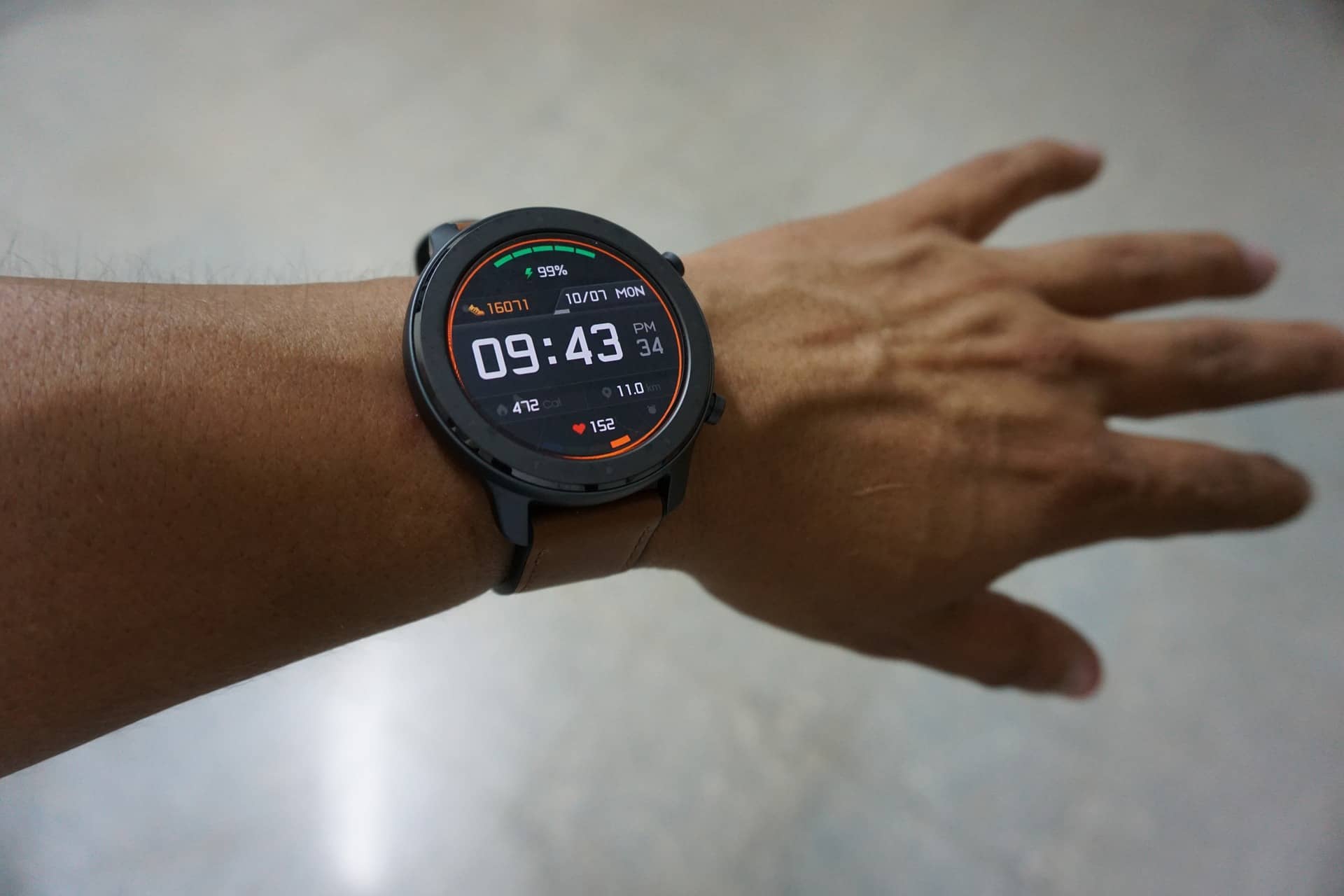We’re all familiar with wearable devices today, whether we use them or not. From fitness trackers to smartwatches and beyond, there are all sorts of products and brands operating in this space.
While personal use may be the most common way we encounter wearables, they are also making their mark on healthcare. Here’s how.
Unlock the Power of Wearable Technology in Healthcare – How EHR Systems Benefit from Integration
By connecting wearables with electronic health record (EHR) systems, providers gain access to real-time data that can help them make more informed decisions about patient care.
For instance, tracking vital signs such as heart rate or blood pressure via wearable devices enables clinicians to monitor trends over time and spot potential problems before they become serious issues.
This data also helps ensure accuracy when diagnosing conditions like diabetes or hypertension – something that’s often difficult without direct physical contact with a patient.
Additionally, linking wearable tech with an EHR system allows doctors to quickly modify medications if needed while providing patients greater control over managing their own health information remotely.
In short, wearable technology is becoming one of the implementation processes of EHR systems. By harnessing the data collected from these devices, providers can provide more accurate diagnoses and tailor treatments to individual patient needs.
Putting Patients First: Tracking Health and Wellness with Wearables
It’s no secret that wearable technology is transforming healthcare. But what many don’t realize is just how much wearables can benefit patients.
By integrating devices and associated apps into their daily lives, individuals are able to track important health metrics such as heart rate, activity levels, sleep patterns and even nutrition habits in real-time – giving them valuable insight into their overall wellbeing.
In addition to monitoring personal data trends, some wearables also offer personalized coaching tips or advice from medical professionals. Thus users get the opportunity to receive feedback on specific health issues without having to leave home for an appointment. This not only saves time but money too by reducing unnecessary trips or visits when all a patient needs is guidance on following a healthy lifestyle plan tailored just for them.
Ultimately, this type of connected care provided through wearables allows patients greater control over managing their own wellness, empowering them like never before and putting the focus back on personalized, patient-centric care.
Prevention is Better than the Cure: Wearable Tech and Wellness Trends
Healthcare services are vital for everyone, and their ability to benefit from wearable tech is clearly a good thing. However, the last aspect to note is that with the help of devices which monitor health and wellbeing from moment to moment, people are able to make better life choices, and avoid the need for doctor’s visits in the first place.
By having access to a wealth of data which anyone can use for monitoring trends and pinpointing potential health issues before they become more serious problems, we can stamp out bad habits and get ailments sorted sooner rather than later.
In short, integrating smart devices into our lives gives us unprecedented power when it comes to taking charge of our own health – enabling us not only to prevent illnesses but also manage them more effectively when they do occur.
The Bottom Line
The final thing to mention is that more investment is needed to ensure that wearable tech is available to as many people as possible, in order to bolster general wellness and improve healthcare outcomes.
At the moment it’s down to individuals to buy health monitoring devices for everyday use, and so if there’s a way to lower the barrier to entry then it should be embraced.





